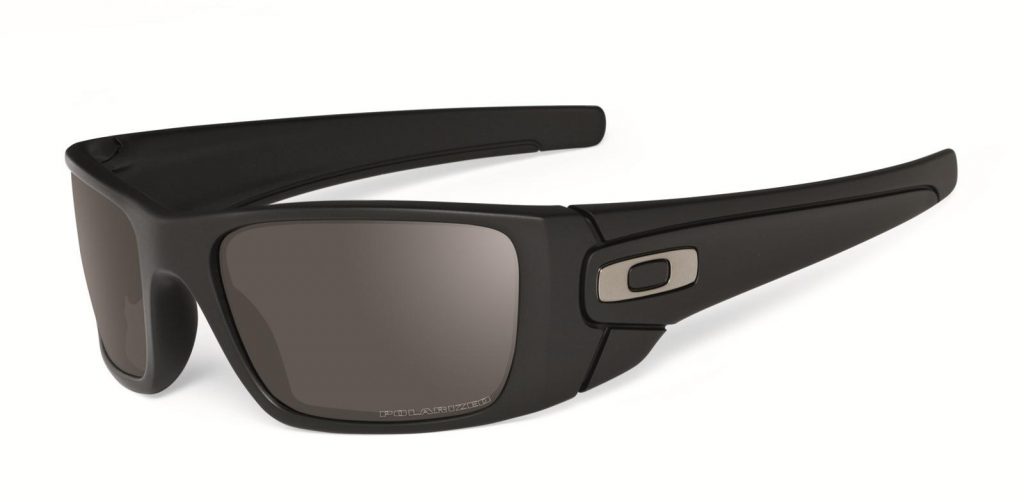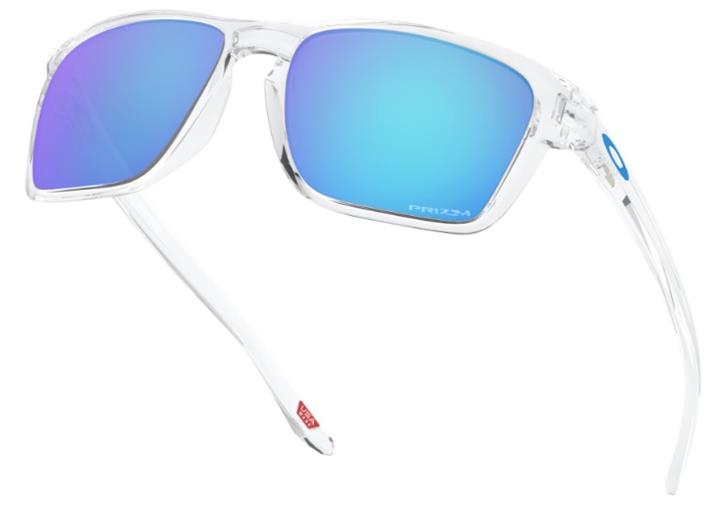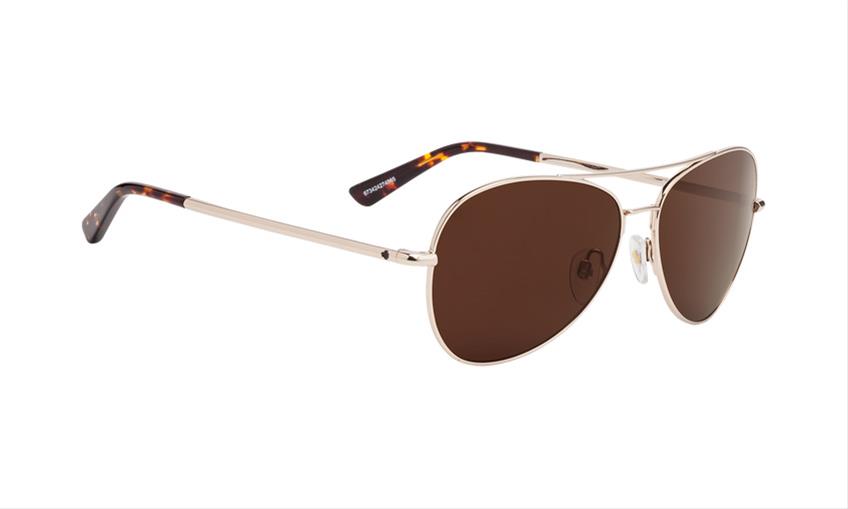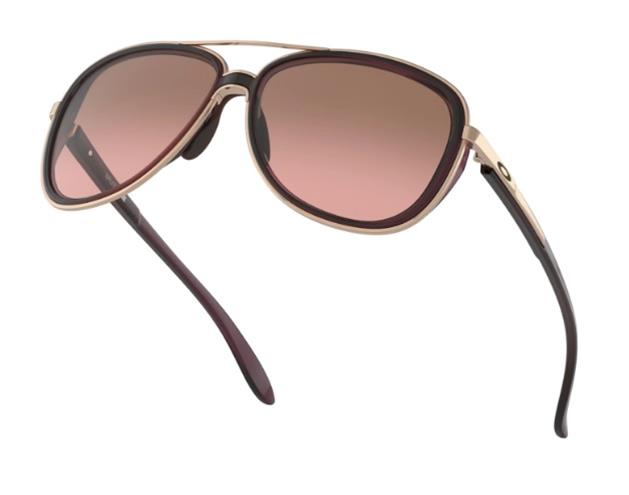Close your eyes and picture yourself driving down the open road. Is it sunny out? Of course it is. Windows and the top down? You betcha. Snazzy sunglasses planted firmly on your face? Right again.
Cars and stylish sunglasses go together like peanut butter and jelly, and some of the most iconic shades of all time are ones we associate with people we saw wearing them while behind the wheel. For instance, who could forget Magnum P.I.’s classic Vuarnet Tom 1623s or the Persol 714s that Steve McQueen wore in…well…everything?
Stylish though they may be, sunglasses used for driving—especially competitive driving—need to be about more than just looks. Function and safety matter, too.
From 2005 to 2007, the U.S. National Highway Traffic Safety Administration conducted a motor vehicle crash causation survey to collect on-scene information about factors leading to crashes involving light vehicles. The NHTSA estimates that nearly 2.2 million crashes occurred nationwide during its two-and-a-half-year study and that sun glare played a critical role in approximately 9,000 of them—more than fog, rain, or snow.
Sunglasses are critical to cutting down on reflective sun glare and optimizing visibility while driving, but not all sunglasses are made equal. Here are some things to consider when shopping for your next pair.
What Color are the Lenses?
You might be surprised to learn that lens color matters when driving. Tinted lenses let in certain light colors while blocking others, affecting overall clarity, color accuracy, and eye comfort.

Gray is a neutral tint, giving it the best color accuracy and making it a great choice for normal road driving, where the ability to tell if the light is green or red matters. Colors like brown, bronze, and tungsten also make great choices because they maintain color integrity while also increasing contrast and depth perception.
Additionally, yellow lenses are a good choice for cloudy days or when driving in haze, fog, and other low-light conditions.
Are the Lenses Polarized?
Something else to consider when looking for a great pair of driving sunglasses is whether the lenses are polarized. Any good-quality pair of sunglasses protects against harmful UV rays, but a set with polarized lenses also reduces reflective sun glare while improving visual clarity. These can be helpful for drivers who suffer from light sensitivity.

Do the Lenses Have Optimal Tint Density?
Sunglasses work by allowing only a portion of visible light to pass through the lenses, but the percentage of light differs between pairs. Using a pair that is too dark could be hazardous under normal driving conditions.

Visible light transmission isn’t regulated in the U.S., but Britain’s The AA—formerly The Automobile Association—recommends lenses with 18 to 43 percent light transmission for most daytime driving conditions and 8 to 18 percent light transmission for especially bright days.
What Size & Shape are the Frames?

Save the chunky sunglasses for a day at the beach. Bulkier frames can potentially obstruct your peripheral vision and block your view of upcoming hazards, something nobody wants to experience while behind the wheel.
Aviators and other traditional sunglasses with large lenses and thinner arms maximize protection from the sun without obstructing your view. Another great choice would be a set with wraparound frames, designed to curve with face for a wider field of vision. Oakley is one brand known for its wide range of wraparound-style frames.
Does the Tint Have a Gradient?

While not critical during driving, gradient tints are advantageous in that they block most of the visible light coming from a bright sky while retaining a lower tint density at street level. This makes it easy to see the dashboard and other vehicle controls clearly while protecting your eyes. These types of sunglasses are most useful during mid-day driving when the sun is higher.

[…] Close your eyes and picture yourself driving down the open road. Is it sunny out? Of course it is. Windows and the top down? You betcha. Snazzy sunglasses planted firmly […] Read full article at http://www.onallcylinders.com […]
Note that for convertible and window down driving , wrap around sunglasses are a big benefit for protecting the eye from debris and polutants.
I’ve previously read somewhere that polarized glasses shouldn’t be worn when driving as they create a fogginess through the laminated windshield??
As a race car driver, it is safe to wear some glasses while driving for safety but we have to make sure that it should be fog-proof, dust, dirt and droplet proof.
https://www.mattbrandenburg.com/
I will have to search more about this. For me, wearing polarized glasses had some various effects to me. Actually, I had some problems with my eyes so I think the blame should not be put on the glasses.
see services here
Great service, thanks for this | Check here
This is really interesting! I wish to know more about this one. http://www.solutionsolversllc.com/
I wanna see more great designs!